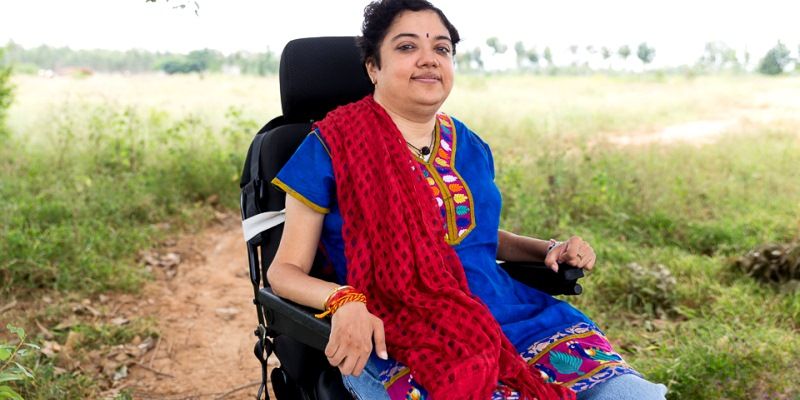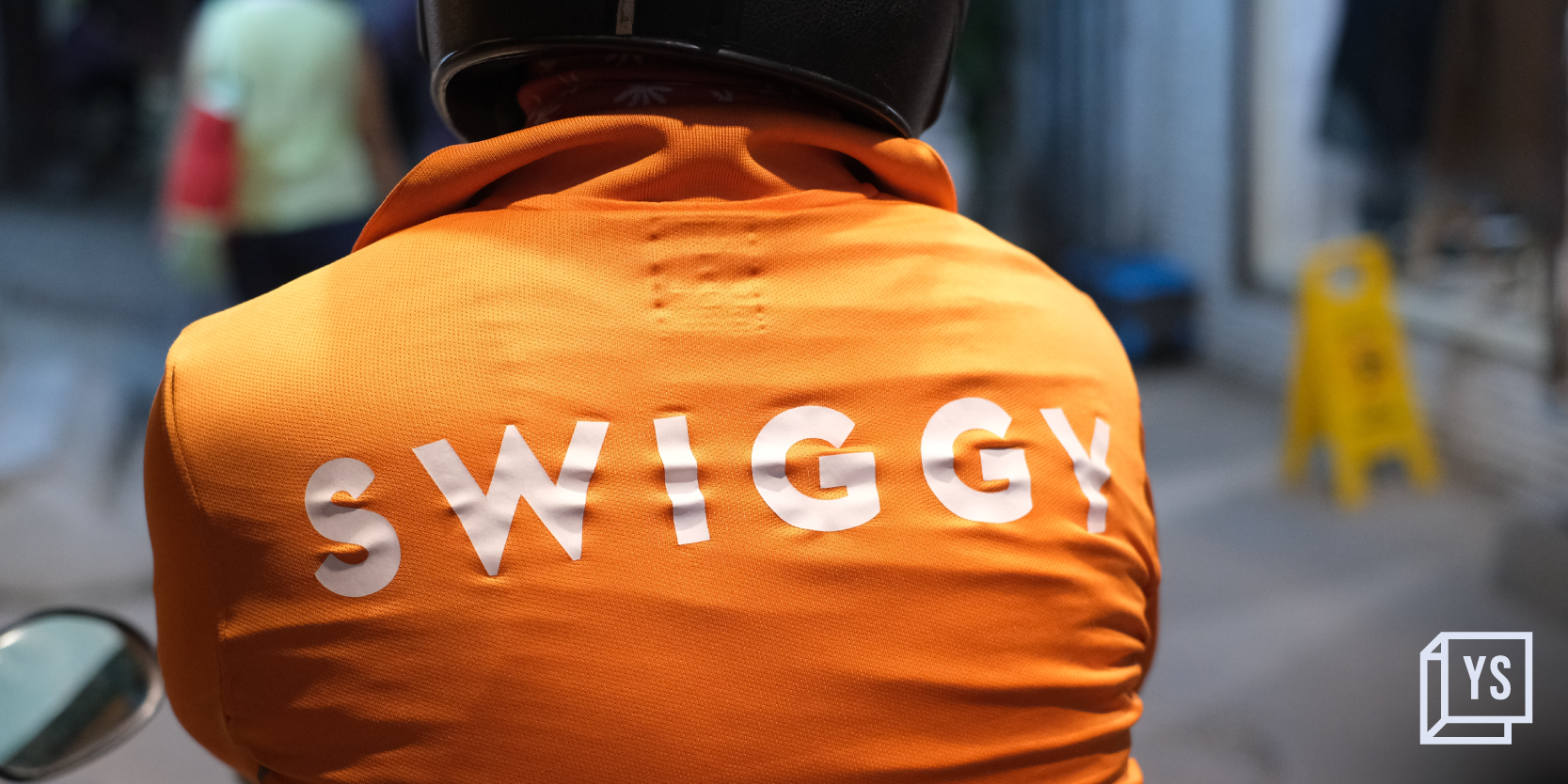A $4M initiative to transform lives of people with lower-limb paralysis
With a growing need for assistive technologies, a $4-million global competition is encouraging technology startups to take part and develop new smart mobility technology to support the lives of people with lower-limb paralysis.

What sparked the need?
Paralysis is highly prevalent globally and has a diverse range of forms that have dramatic impacts on people’s mobility and independence. While there are no statistics on paralysis worldwide, the World Health Organisation estimates there are 250,000-500,000 new cases of spinal cord injury globally every year.
The struggles that people with lower-limb paralysis face are exacerbated by a lack of inclusive design in society and limitations in assistive technology. Taking this into account, the Toyota Mobility Foundation, a charity formed by Toyota in 2014 with the aim of creating a mobile society, and Nesta’s Challenge Prize Centre, a centre of expertise in the design and development of challenge prizes for societal impact, believe that the only glimmer of hope is in creating personal mobility devices that can help overcome these barriers.
Speaking of how the idea for the challenge came about, Julie Ann Burandt, Global Strategy and Communications Manager, Toyota Mobility Foundation says, “By working in partnership with others we can support solutions that will improve people’s lives. Solutions that might not otherwise be developed. This was what motivated the team.”

“To shape the Mobility Unlimited Challenge, we engaged with a range of individuals, groups and organisations, including innovators and members of the disabled community, to understand where innovation in assistive technology is needed and how the challenge could make a difference to people’s lives,” she adds.
Adding to the inclusion process
Assistive technology has helped empower and promote independence in the lives of people with multiple disabilities, and has its roots set up from the time Thomas Edison invented phonographs to record books for the blind. With time progressing, recognising this all-important need has led to a tremendous growth in assistive technology, be it in the form of wearable gadgets or applications that can be used at any given time.
To the one billion suffering from some form of disability world over, assistive technology has been nothing short of a miracle: from mobile apps that help keep the deaf included in group conversations, a Braille smartwatch or a self-stabilising handle to help patients with shaky hands have a meal independently.
To add to the positive change, this challenge is a big boost to the process of inclusion that has already been set in motion. Not just this, it also acts a platform for assistive technology to be showcased and the powerful impact it can have, especially in the lives of people with lower-limb paralysis to be celebrated.

Freedom to move and create beyond hurdles
Summarising its end goal, the Mobility Unlimited Challenge is all about the freedom to move and freedom to create with an ambition that incentivises innovators to push the boundaries of current innovation. Launched on the November 16, 2017 in Los Angeles, the challenge is seeking teams around the world to create groundbreaking and user-centred technology resulting in devices that will deliver radical improvements in the mobility and independence of people with lower-limb paralysis through smarter assistive technology.
Upon interacting with innovators and members of the disabled community, the team within the Nesta’s Prize Centre facilitating the challenge process share that the feedback highlighted the struggles of this community, who explain that although innovation is needed in many areas, innovation in assistive mobility devices, like wheelchairs, which people with lower-limb paralysis use in their daily lives, is especially acute. They added that progress is slow due to disincentives such as small and fragmented markets, regulatory burdens, and reimbursement complexities from healthcare systems and insurers.
“We want to overcome these barriers and want the challenge to attract and support smaller innovators who might otherwise struggle to break into the assistive technology market,” says Julie.

Open to participation from all
The Mobility Unlimited Challenge Prize is backed by individuals with experience of living with lower-limb paralysis and international ambassadors from worlds of sport, media, design, art and technology.
Ryan Klem, Director of Programs for Toyota Mobility Foundation, says, “This is the beginning of our challenge, a three-year journey concluding in Tokyo in 2020. A journey where the greatest minds in technology, design and engineering, from every corner of the world, will compete to make the environment and society more accessible for people with lower-limb paralysis. We know we don’t have solutions yet: this challenge is about working with the people who can help develop them.”
The challenge is open to all - designers, engineers and technologists across the spectrum. “We are not prescriptive, however, to be eligible to enter, teams will have to commit to co-creating their device with people with lower-limb paralysis. This means that they will have to develop, test and refine their device with the people it’s meant to benefit. This could mean that a potential user is part of the team developing the device or that the users are involved through comprehensive consultation and user-testing,” shares the team.
Toyota Mobility Foundation also stresses that the competition hopes to attract teams - startups, companies, academics and those who aren’t necessarily already working in assistive technology. The thinking here is to make the Mobility Unlimited Challenge as deep and wide as possible and not limit where new ideas and new approaches come from. In addition, the innovative devices aiding simplified mobility solutions will be rewarded at the end of the challenge. These devices could be anything from exoskeletons to artificial intelligence and machine learning, from cloud computing to batteries.

To take it all the way
The challenge also aims at bringing in social inclusion as well says the team, “During the three-year time period, the Mobility Unlimited Challenge will reach out to people with lower-limb paralysis and will crowdsource the everyday challenges that people with lower-limb paralysis face, just like you would take consumer feedback to better services as part of daily life. This will help inspire teams of potential entrants and shape their entries.”
Giving us further insight to the competition that is open to entry now, Julie adds that the challenge is transparent allowing all entrants to keep their Intellectual Property and that not just the winner but the five finalists also get to take their ideas closer to reality. “With this, our ultimate hope is that more than one of the final concepts will make it into the world, providing a variety of new mobility solutions for people with lower-limb paralysis.”
By encouraging collaboration with end-users to invent a winning device that will integrate seamlessly into users’ lives and environments, the challenge comes as a new opportunity for innovators to explore new possibilities and individuals with paralysis to experience the same. It is a big step towards the journey of much needed inclusion.







